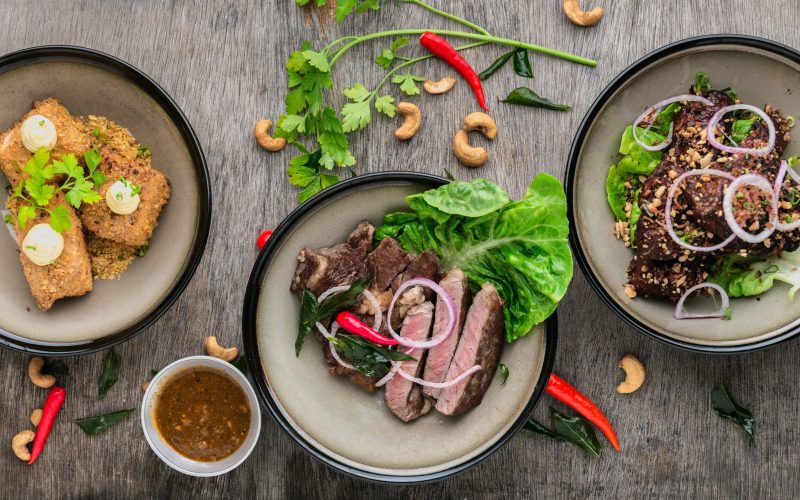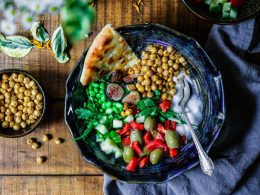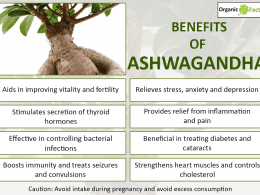You may think cooking is a straightforward practice, but there are so many subtle intricacies to it that go beyond simply following a recipe. From the way you hold your knife to the timing and temperature of your ingredients, there’s more to cooking than meets the eye. In this blog post, we’ll explore 6 ways that cooking is subtle and how you can use them to take your culinary skills to the next level. From understanding flavor profiles and choosing quality ingredients to utilizing proper technique, this article will give you insight into those hard-to-see details in the kitchen.
The Power of Smells
There’s something about smells that can take us back to a time and place. A recent study showed that the human brain can process smells in as little as 1/20th of a second. That means that when you catch a whiff of cookies baking in the oven, your brain is immediately transported to your childhood home.
The power of smell is also evident in the way we taste food. When you chew, food particles are released into the air and enter your nose. This is known as retro nasal olfaction, and it plays a big role in how we perceive flavors. In fact, studies have shown that people who can’t smell well often have trouble tasting food properly.
So next time you’re cooking, don’t forget to pay attention to the subtle ways that smells can impact the flavor of your dish!
The Art of Presentation
The art of presentation is all about creating a dish that is not only delicious, but also visually appealing. There are many ways to do this, but some basic principles include using fresh and colorful ingredients, arranging food in an attractive way on the plate, and paying attention to small details like garnishes.
Of course, not every meal needs to be a work of art – sometimes simple and rustic can be just as beautiful. But if you’re aiming for something special, taking the time to make your food look its best will definitely impress your guests.
The Psychology of Colors
Color psychology is the study of how colors affect human behavior. It is a relatively new field of research that is constantly evolving. While there is still much to learn about color psychology, there are some key insights that can help us understand how colors influence our moods, emotions, and behaviors.
One of the most important things to understand about color psychology is that different colors can elicit different emotions and reactions in people. For example, the color red has been shown to increase feelings of anger and aggression, while the color blue has been shown to promote calmness and relaxation. The way we react to colors is often subconscious and can be influenced by cultural factors as well.
Knowing how colors affect us can be helpful in many situations. For example, if you are trying to create a calm and relaxing environment, using blue hues may be more effective than using warm or bright colors. Similarly, if you are trying to get people pepped up for an event or activity, using red or orange tones may be more successful than using muted or earth tones.
Of course, it’s important to keep in mind that everyone reacts to colors differently. What elicits a positive reaction in one person may not have the same effect on another. It’s also important to consider the context in which color is being used. A color that is pleasing in one context may be off-putting in another. For example, a hospital waiting room painted with calming blue tones may feel
The Taste of Memories
The taste of memories is often subtle. It can be hard to identify the flavors that we remember from our childhood or from a special event. But when we take the time to slow down and pay attention to the flavors in our food, we can start to notice the nuances that make up those memories.
One way to access the flavor of memories is through cooking. When we cook, we often use ingredients that remind us of home or of a particular time in our lives. This can be a powerful way to connect with our past and to create new memories with the people we love.
Cooking can also help us to appreciate the present moment. When we are focused on preparing a meal, we are not worrying about what happened yesterday or what will happen tomorrow. We are simply enjoying the process of creating something delicious. And when we share that meal with others, we are creating a shared experience that can bring us closer together.
The Comfort of Routines
Routines can be comforting. They help us feel like we have some control over our lives. When things are chaotic or stressful, routines can help us feel anchored. Cooking can be a routine that helps provide some structure and stability in our lives. It can also be a creative outlet that allows us to express ourselves.
Conclusion
Cooking can be an incredibly rewarding and creative activity that often goes unrecognized. We hope this article has given you a better understanding of the many subtle but powerful ways in which cooking plays an important role in our everyday lives. From improving your mental health to creating lasting memories, from bringing people together to preserving family recipes, it’s never been clearer how essential cooking is for us all. So get out there and start making some delicious meals – you won’t regret it!












